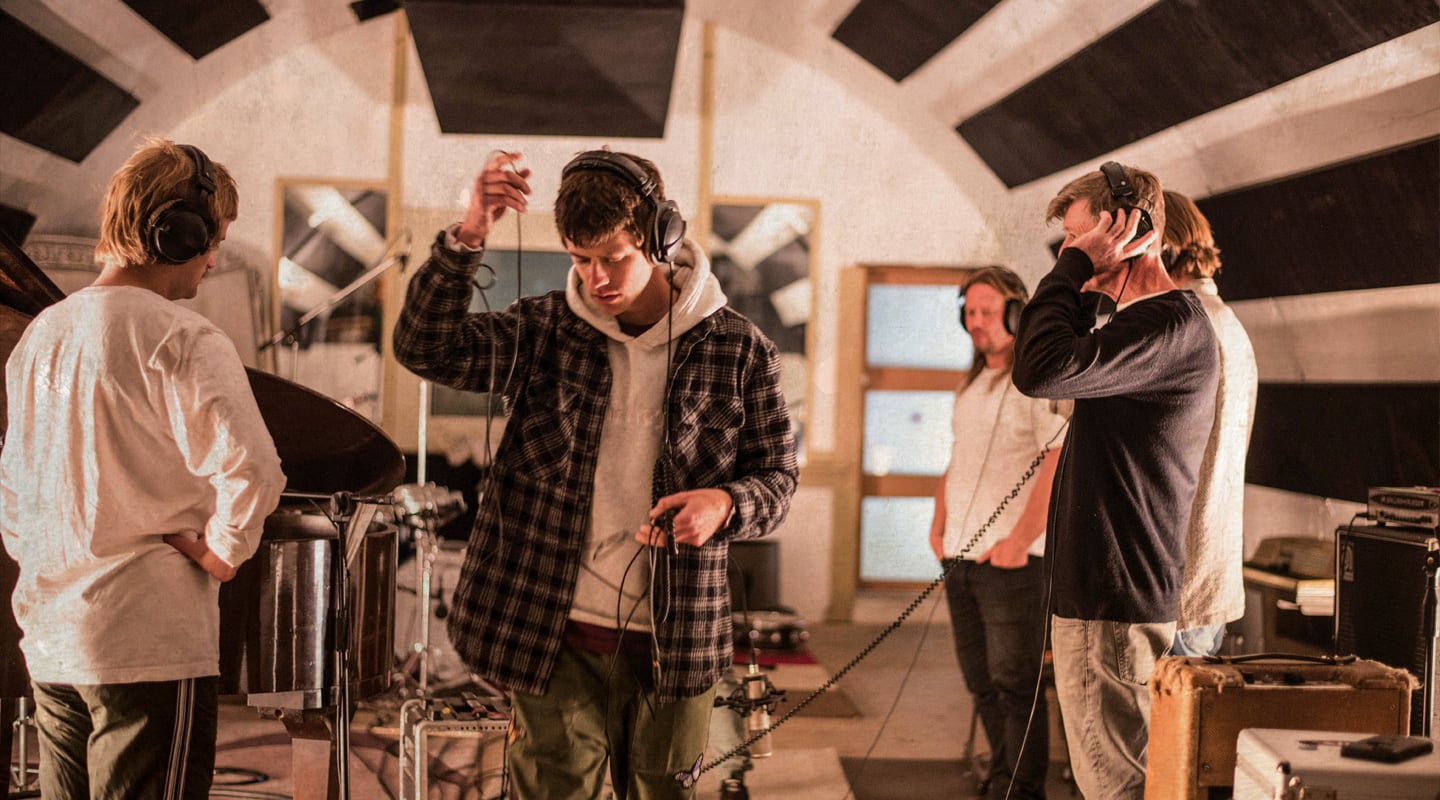
The Rubens Bunker Down
The Rubens’ bass player, Will Zeglis, built a studio out of a WWII bunker for the band to record their latest album. It was the perfect plan, until his console gave out days before Run The Jewels’ producers were due to arrive from New York.

Artist: The Rubens
Album: LO LA RU
Two weeks before Run the Jewels’ producers were due to fly out from New York to work on The Ruben’s latest record, the right hand channel of Will Zeglis’s console master bus stopped working. Talk about stressful. He’d already been anxious about what the New York producers would think of his space, now he had to find a tech to work on his Soundtracs IL3632 console, quick smart. “I ended up getting sick from the stress thinking the whole hub of the studio has gone down,” said Will. “At first I had problems even getting a tech to come look at the console. Then he couldn’t fix it. Eventually, at the final hour he came good and got it to work.”
Will isn’t just a studio co-owner with his friend Tim Duric, he’s also bass player for The Rubens. The studio is The Rubens’ home turf, and where they recorded almost all of their latest album LO LA RU. It’s a WWII bunker on the family estate of Tim’s ex-girlfriend’s father. An “artistic science-fiction writer,” described Will. It was filled with rubbish, but the deal was if Tim cleared it out, they could jam and do whatever they wanted in there. That was over 10 years ago, and slowly but surely Tim moved the junk. Once that was done, between his carpentry skills and Will’s studio know-how, they turned The Bunker into a vibe-y studio.
Zeglis credits his old mate Tim Nicastri — who works as an engineer and podcast presenter at the ABC and plays in a punk band endorsed by The Stooges — for getting him into the studio world. “We grew up together. He was a go-getter and worked at Sony Studios when he was 16; sweeping floors, assisting, just doing anything to get into the studio. He had the keys to the studio and the boss was cool. He told Tim if he wanted to learn the console to just bring in his mates and do some recording after hours.
“As 16 year-olds, we were in this multi-million dollar studio every night making records. He taught me a lot about the realness of certain microphones, organic recording, and Steve Albini, from a young age. The passion just grew from there; collecting guitars and different instruments. I probably could have bought a house by now but I just collected that much gear and it still turns me on and I still love it. I’m constantly learning about things and how different engineers do things.”
Zeglis still does it for the love of it: “We’re not really open to trying to make The Bunker a business and generate copious amounts of money out of it. We just want a great space for bands we like to record and have some fun with.”
THE BUNKER
The Bunker is essentially a long half-cylinder. The floorpan includes a control room at one end, a live room “big enough to park a semi-trailer” at the other, with a hang out area dividing the two, which was designed to soak up any leakage between the other two. Tim has also built himself a live-in extension onsite.
The long arched ceiling creates an unusual space, requiring a fair bit of measuring and a lot of trial and error to work out the best way to harness the acoustics. “It’s expensive to do sound treatment, so we did a bit of research,” said Will. “We used frequency analysers to see where the nodes were, then built absorbers and diffusors to try to combat some of those. I’ve pretty much stopped making baffles because I know where to move the kit to not have those overtones.
“I’ve had a few engineers comment how nice the room sounds. The drums can sound very mid-rangey, especially the room microphones. We’ve got so much space to be able to move mics around, so I throw up a lot of trash mics and see what the engineer likes.”
Originally only half the room was treated, with the other left essentially bare “like an echo chamber,” said Will. “Once we fully dampened the whole thing so it was very dry and in your face and lost a bit of character. We’ll probably adjust it and make removable panels to be able to reproduce some of those sounds again.”

NEW YORK CITY PROS
The two New York producers, Wilder Zoby and Torbitt Schwartz (aka Little Shalimar), are also brothers. It fits neatly in with The Rubens’ dynamic, three-fifths of whom are brothers Zaac, Sam and Elliot Margin. “It’s a different dynamic because they have that sixth sense a lot of family members have,” said Will. “Over the years you pick up on it and it can be really good because there’s not many arguments going on. They know what’s going to trigger each other, so they don’t do it.”
Zoby and Schwartz are best known as the production team that work on Run The Jewels albums with emcee and producer, El-P. The Rubens and Zoby and Schwartz got to know each other at Laneway Festival when El-P and the band were on the same bill, in 2013. “The boys were interested in these guys that played rockier music but can produce hip-hop,” said Zeglis. “Every time we went back to New York we ended up bumping into them.”
Zeglis wasn’t sure what to expect when the producers arrived, so he spent a week miking up an old Ludwig kit to see what sounds he could get in the space: “Weird techniques, the Glyn Johns method, MS techniques, different overheads… just trying to have as many options as I could for them,” said Zeglis. He even built a sub kick just to make sure he had all the bases covered.
“I was nervous at first because I thought maybe these hot shots from America were going to come and tear us a new arse, but they were so down to earth and they both had different roles. Torbitt would be the technical guy, getting beats down and arrangements, whereas Wilder was more about trying to get the best take out of the band, or working on sound effects. He was the more emotional guy. It was nice to have two guys help each other. If you’d come up with an idea and one of them didn’t like it or wasn’t sure about it, they could talk about it together.”
Once they arrived, he quickly realised they were “pretty much like old school loop engineers.” A Shure SM57 mono overhead and a kick and snare mic was enough for them.
“They weren’t really after a hi-fidelity sounding album,” said Zeglis. “It was good for me in one way and in another way I was disappointed. Being an engineer, sometimes you like to nerd out and have things sounding a certain way just because you’ve got the gear to do it. I learnt a lot from that, having to swallow my pride. That a 57 on the overhead made for a great drum sound and that’s what the producers are looking for, so let’s just go with it.”

ON THE SPOT
On previous albums, before The Rubens had their own studio to play around in, they had taken the common route of a month or two of pre-production before heading into the studio for a week. The Bunker changed all that.
It was a completely different operation this time, complemented perfectly by the looping approach of Zoby and Schwartz. The Rubens brought in a ton of demos, but there hadn’t been the usual emphasis on rehearsal. The band would simply come in and replace parts as they saw fit. It was how the producers liked working, said Zeglis. “It was about making drum loops and being creative on the spot. They liked starting with beats and rhythms first because we already had the demo songs there in the background. They would start by saying, ‘let’s get this beat really cranking.’ Once the loop was working, you’d get a bass or rhythm track behind it. It was inspiring playing bass when the beat was sounding bigger and fatter. You’d immediately get a different vibe or deeper sense of the song. I’d never worked on top of beats like that before. It was a learning curve, not old school where you’d pound it out in a rehearsal for hours beforehand.”
Woman Oh Woman was a typical example of the looping approach, said Zeglis. It was a basic setup of a 57 overhead, snare and kick mics, with “a few more room mics thrown in, but Torbitt processed it really hard on the spot with a compressor and bounced it down to two tracks. I thought it was pretty ballsy, no going back from that one, and to me that’s probably one of the better drum sounds.”
Another was Soso: “80% of the drums were done at The Bunker and then we ended up flying over to New York to edit and do the final touches in their studio. They wanted a couple of little fills, but overdubbed them over the top of those drums. It works, but you can hear the difference in how it was treated. The rhythm drums are very tight and you’ve got these overdubs which are trash mic sounds.”
LOOPING THROUGH ALL STATIONS
For Zeglis, the constant looping meant setting up workstations that remained there for the entire process. He couldn’t tear the drums down and set up for guitars; every station was ready to record at any time. “Everyone was making loops on the spot, so I constantly had to set up microphones for tambourines or if someone had an idea to put down.”
The fixed station setups had some standard configurations like a Beyer M160 ribbon and Sennheiser MD421 on a guitar amp, and a 421 into an LA2A limiter for bass, which Zeglis would constantly refine to suit the specific sound; swapping out a mic to interact with one of Zaac’s obscure fuzz pedals, or making sure a compressor wasn’t overworking.
Engineering the band you’re also meant to be playing in can make it difficult to concentrate on your performance. For Zeglis, it was his way of keeping boredom at bay. “During recording sessions, there’s a lot of downtime where you’re on the lounge on your phone. For me it’s good to be entertained and even though it can be stressful when you’re tired, I’m actually more energetic when I’m stressed. I feel happier running around checking if a microphone is in phase. It keeps me more involved in the process.”
Being in their own space, with this anything-goes perspective of the recording process meant that when it came to laying down his own takes, Zeglis felt he had plenty of time to get them right. “I enjoy that process of mucking around and coming up with something that wasn’t on the demo. Sometimes the best part of the song is when you develop a line or different rhythm by mistake.”
Occasionally there was just something on the demo that couldn’t be outdone, like the ‘Boat Reverb’ on Million Man. “On Elliot’s demo tape bass, he’d put it through this reverb that made it sound like it’s in a tank. When it came to the studio, it felt like something was still missing; we couldn’t match the reverb through all the outboard. We ended up giving him the bass track so he could process it in Logic and send us a print of the reverb. That exact same process happened on another song called God Forgot. We called it The Boat Reverb.”
Soundtracs IL3632 analogue console — “It’s a British-made console. The main reason I bought it was because its patchbay is really good. Because I’ve got a lot of outboard synths, I wanted to be able to have that flexibility.”
2 x Tascam MS16 1-inch tape machines — “I have them linked up so I can run 32 channels of analogue.”
Antelope Orion converter
Universal Audio 1176 compressor
2 x ELI Distressors
Pultec EQ clone
Ensoniq DP4 reverb
Warm Audio LA2A — “I know they cop a bit of a bashing, but I think it sounds good for the money. I always have that on vocals, even if it’s not doing that much. I used a Sennheiser MD421 into the LA2A for bass.”
Fostex reverb — “I don’t even use it for reverb. If I want distorted vocals, I’ll just max out all the preamps on the reverb unit and it does a really nice distortion sound for me.”
Beesneez U47 & KM84 mic clones — “I went to Ben’s workshop in Byron Bay, and he was such a lovely man. To know that all the parts are made in-house by family — their aunties and uncles make the box it comes in and the daughter comes home after school and does soldering. It was inspiring. Even if it doesn’t sound as good as an original one, or sounds better, I just wanted to buy his microphones because I thought he had great energy and I’m about that, too.”

NEVER SAY NEVER
After the sessions at the Bunker were complete, the band headed over to Brooklyn to finish off parts of the record in Torbitt’s Brooklyn studio. “It’s pretty small, in the basement of the Schwartz family home,” described Zeglis. “He’s just got some nice outboard gear to track into, an old Rogers kit. All just one big room. I think that’s why he likes the old 57 overhead because he doesn’t have that much space so he’s learnt to maximise that sound.
“It was a nice, little studio. He had a couple of tube microphones and the Beyer M160 there so he could track anything he needed to overdub. I don’t know if it would be conducive to making a full record there, we flew over just to do some nitty-gritty stuff.”
Despite being initially stressed out about the prospect of two New York producers descending on his WWII bunker studio, Zeglis couldn’t be happier with how the sessions turned out. “It was much more of an emotional process, which I like,” he said. “I can’t give them enough praise. They were really cool dudes and hopefully we get to work with them again.”
Right at the end of the process, Sam and Elliot Margin wrote a song with Sarah Aarons; an Australian songwriter who’s had a remarkable run co-writing Zedd’s Stay and top-lining Flume and Peking Duk. It wasn’t a session they were counting on for the album, but they happened to write the beautiful duet Never Ever. “It was written off the cuff,” said Zeglis. “We’d pretty much finished the record, then they ended up writing this track and the record company thought it would be good to add it to the record.
“As the record was pretty much getting printed, we were in the studio again trying to get this track down. Because we’d had really good success with Hoops, we ended up going with [producer] Eric J and recording at Hercules St Studios. We’d worked with him before; he’s a great producer and mix engineer, and the rest of it, so we felt comfortable trying to get something down really quick with him that was going to be really high quality.”

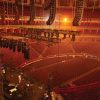


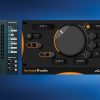
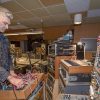
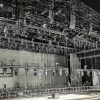





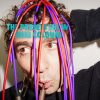

















RESPONSES